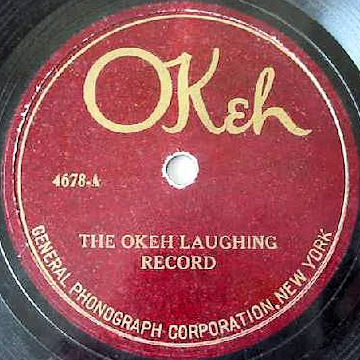Sponsored by the Leverhulme Trust and Cardiff University, Prague concert life, 1850–1881: An annotated database is a free resource for all those interested in nineteenth-century Czech music, history, and culture. The fullest possible information about each musical performance in Prague—from public concerts to private soirées, from large-scale festivals to everyday rehearsals, in venues ranging from local inns, guest houses, and restaurants to the most fashionable and successful society halls, parks, and gardens—is documented on the basis of articles in Czech- and German-language periodicals from 1850 through 1881; only musical theater events are excluded.
Entries typically list the date, time, and venue; the program and works that were presented; and the individuals, societies, and institutions that took part. Additional commentaries include clarifications of editorial decisions; supplementary factual data such as audience numbers, admission prices, and changes of venue or program; detailed information about individuals, venues, societies, and institutions, highlighting notable trends and occurrences within the city’s musical environment; outlines of the content and critical stance of descriptive reports and reviews; and evaluations of the source material from a scholarly perspective. Search and navigation tools include basic keyword search, advanced search, and hyperlinks.









